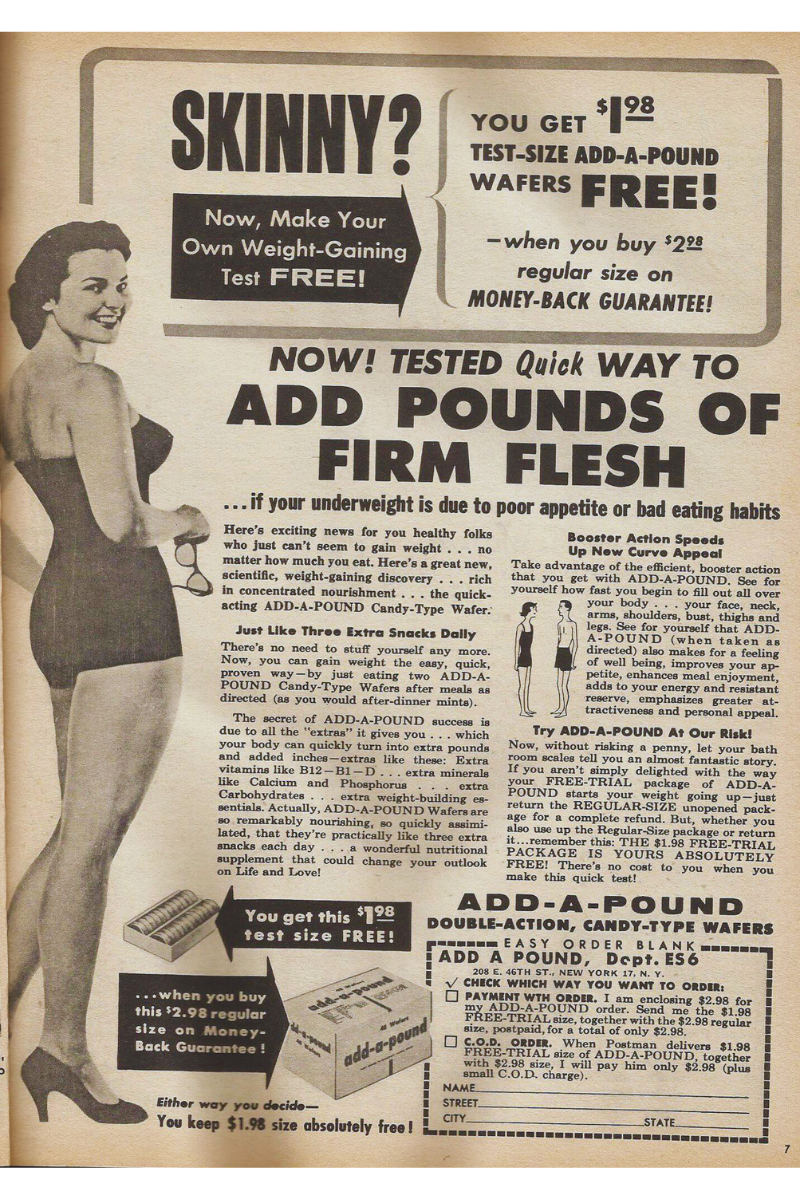
By the 1940s, in the United States, women were even advertising products to gain weight in order to achieve the curvier, more "ideally beautiful" body of the time. It wasn’t just about being thin—it was about being voluptuous! ✨ Beauty standards during this period prized fuller hips and busts, reflecting post-war optimism and the celebration of domestic femininity.
The 1920s, however, briefly broke away from curves, favoring a straight, slim figure as the flapper movement embraced androgyny and liberation from restrictive garments. But by the post-war 1950s, curves were back in style, made iconic by stars like Marilyn Monroe, whose hourglass figure became synonymous with the ideal feminine shape. 🌟
Today, there’s no single "ideal" body type—women are embracing their natural shapes in all forms. 💖 That’s where Squeem comes in. We celebrate the features you love most, adding a touch of glamour to your everyday life. At Squeem, we’re dedicated to providing a liberating feeling of self-love, offering shapewear as an elegant and sensual experience that enhances your natural beauty. 🌷





